BARA: Parsa National Park within the Chure Bhawar area has seen an increase in the number of wild animals after the National Park managed drinking water for the animals. The park has cleaned and protected the natural water ponds and provided water to the artificially constructed ponds, which has resulted in a significant increase in the number of wild animals.
According to the Park, in the national tiger census in 2022, the number of rare spotted tigers within the Parsa National Park reached 41. This number was only 3 in the first tiger count in 2003. Similarly, there are 163 bison, 40 to 50 wild elephants, and 8 to 10 one-horned rhinoceros in Parsa Park, while only 3 rhinos are mentioned in the statistics.
"The main reason for the increase in the number of wild animals in Parsa National Park is the availability of water," said Surya Khadka, information officer of the park. He said that the number and habitat of all the species of wild animals are expanding within the park.
Parsa National Park is home to 37 species of mammals such as the rare spotted tiger, bear, rhinoceros, elephant, spotted deer, elk, leopard, wild dog, blue bull and bison, 490 species of birds, 13 species of reptiles and 31 species of butterflies.
Himal Pathak, Ranger of the park, said that the work of conservation and management of natural and artificial water sources has been done. He added that there was a problem with water for the wild animals in the park earlier, but now that the natural and artificial water sources have been managed, the environment is becoming favorable for wild animals. Ranger Pathak also claimed that the management of water has expanded the grasslands and also helped in promoting tourism.
Although there is water in ponds of the park like Ratemato Pond, Kamini Daha, and Kali Daha during the rainy season, when the dry season came, these ponds dried up making life problematic for the wild animals. In order to manage the water in these ponds for all seasons, the park made arrangements for bringing river water to the ponds through pipes along with the management of natural water, and the problem was solved.
Spread over an area of about 16,000 hectares, covering the forest area bordered by Bara, Parsa and Makwanpur, Parsa National Park was created in 2040 B.S. to protect the habitat of local elephants found in Nepal.
With the conversion of Parsa Wildlife Reserve into a park since 2074, programs such as elephant safari have been conducted within the park to promote and develop tourism. In accordance with the government's goal of increasing the number of tigers, bison, and other wild animals, the park has given special emphasis on the management of grasslands and ponds so that the animals will not have a scarcity of food, according to the park.
The park has given high priority to the construction of view towers and scaffolding in the places where there are grassy fields and ponds, in order to connect the wildlife here with tourism in a safe way. Himal Pathak, the ranger of the park, said that the pool was built by keeping the water pond, grass field, and scaffolding integrated for wild animals, and the wild animals grazing from the scaffolding could be easily observed.
"We have used the scaffolding to house security personnel and patrol at night, as poaching of wild animals will increase in places where animals are available," said Pathak. This park, which is an extended area on the eastern side of Chitwan National Park, is a Bhawar area covered by the Chure mountain range from 500 to 950 meters high.
To the east of the park is the forest of Ratanpur, to the west is the hunting lodge of Chitwan National Park, to the north is the Madhyawarti area, and to the south is an old settlement, Subarnapur. The park, which is filled with the attractions of beautiful ponds and lakes, religious and historical places, thick forests, and rare animals, has recently been developing as a beautiful tourist destination for elephant safari and wildlife viewing.

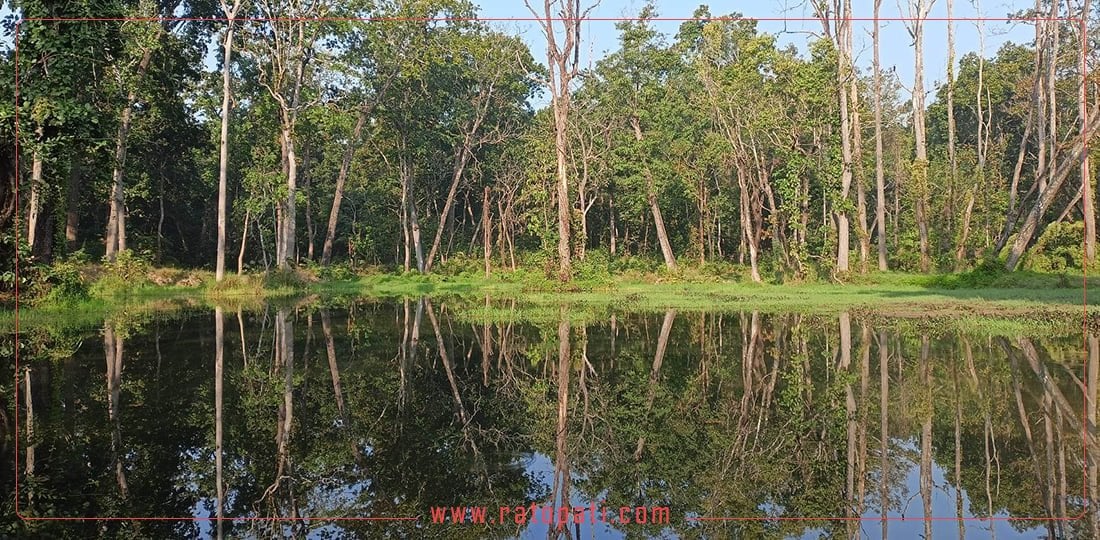

_NDzaDhiFu1_G9h1apeVFD.jpg)
_coFjsPoxeH_G4UOJQPDf4.jpg)
_gFMfi5X0qU_Zoo3VR7ElM.jpg)
_WRjalYQCjt_RSRZA1OlDt.jpg)
_6se9EZMpfq_t8cYAW09lq.jpg)
_ogc8qXMkHp_tG8NsalCer.jpg)
_DV6LLqMPHy_tkaAaaLLG6.jpg)
_P72DmHncDW_QR6Yx9oAqK.jpg)
_tIBEfQOwO6_8mAZvic18x.jpg)
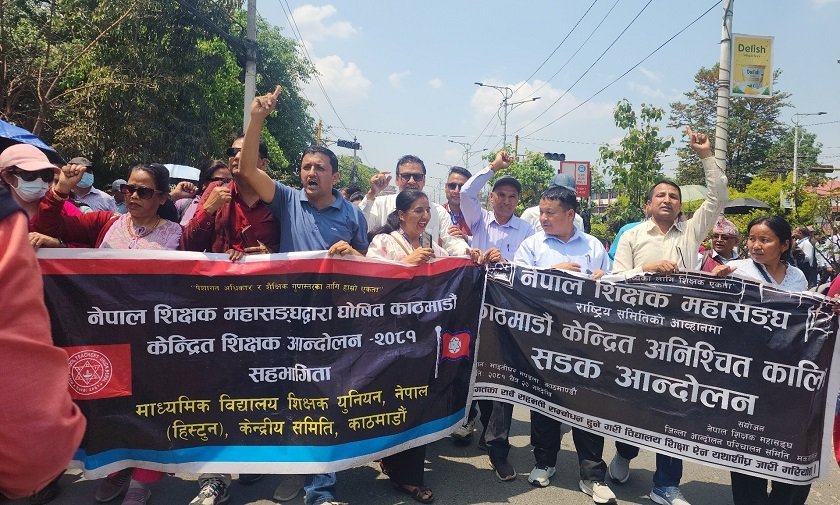
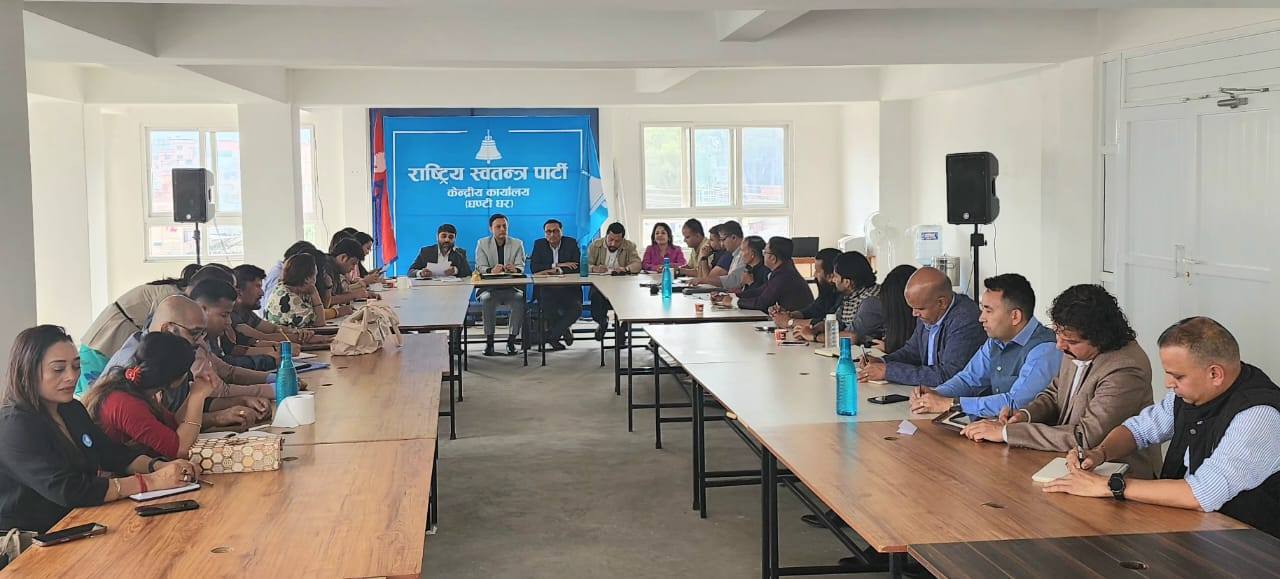
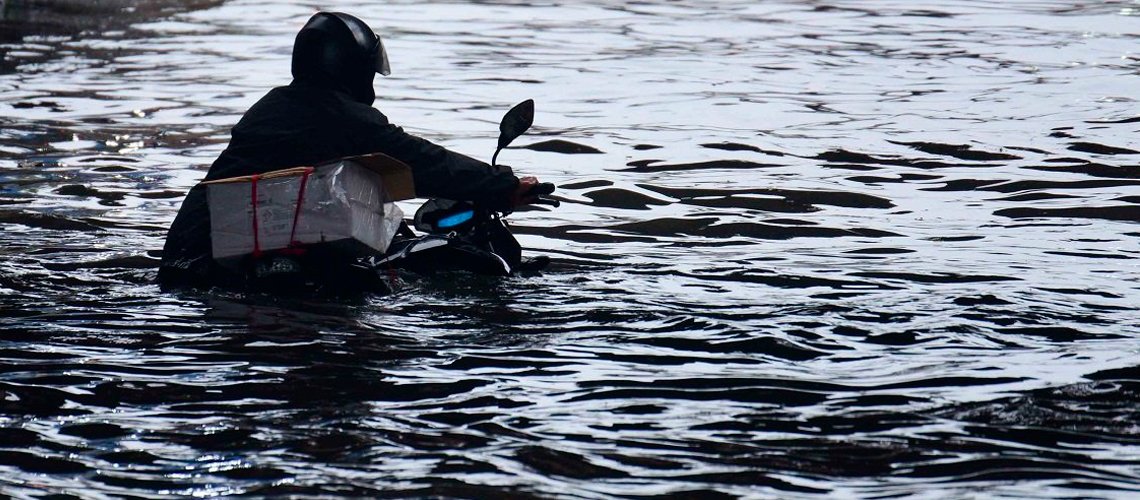
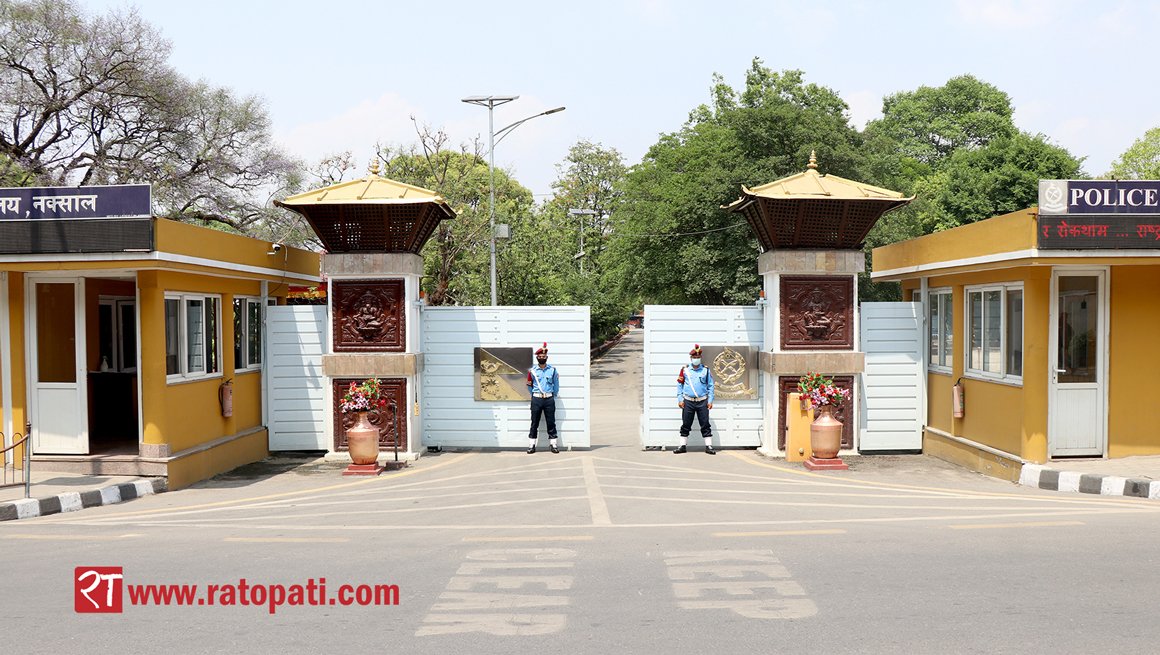
Leave Comment